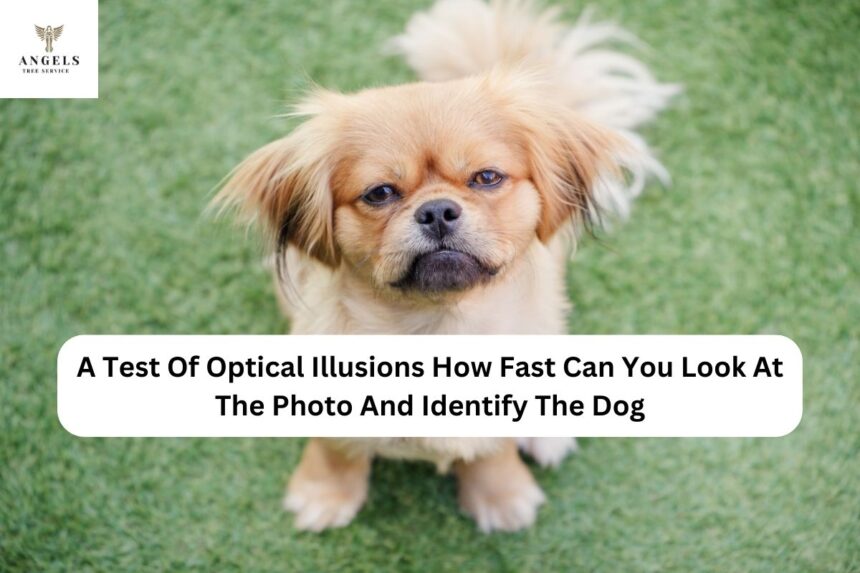Optical illusions have long fascinated and perplexed us. From mind-bending images to tricky puzzles, they challenge our perception and make us question what we see. One popular type of optical illusion involves hidden images, where an object or shape is cleverly disguised within a larger picture. In this article, we’ll explore the concept of hidden images and put your observation skills to the test with a fun challenge: can you quickly spot the hidden dog in the photo?
Hidden images, also known as visual puzzles or hidden pictures, rely on the principle of camouflage. By cleverly blending an object or shape into its surroundings, artists create optical illusions that can be both challenging and entertaining to decipher. These illusions play tricks on our brains, making it difficult for us to distinguish the hidden object from its background at first glance.
Now, let’s dive into the challenge: identifying the hidden dog in the photo. Take a moment to carefully observe the image below. What do you see? At first glance, you may notice a colorful scene with various shapes and patterns. But if you look closely, you’ll discover that there’s more to this picture than meets the eye.
As you continue to study the image, pay close attention to the details. Look for any anomalies or inconsistencies that stand out from the rest of the picture. Notice any shapes or patterns that seem out of place or don’t quite fit in with the surrounding scenery. These subtle clues could lead you to uncovering the hidden dog within the image.
As you search for the hidden dog, keep in mind that it may not be immediately obvious. The artist may have cleverly disguised the dog within the composition, making it blend seamlessly into its surroundings. Don’t be discouraged if you don’t spot it right away – sometimes, it takes a little patience and persistence to uncover hidden images.
To help you in your quest, here are a few tips for spotting hidden images more easily:
- Use your peripheral vision: Sometimes, the hidden object is located on the periphery of the image rather than in the center. Be sure to scan the entire picture, including the edges and corners, for any hidden clues.
- Look for familiar shapes: Hidden images often incorporate familiar shapes or outlines that hint at the presence of the hidden object. Keep an eye out for any shapes that resemble the silhouette of a dog, such as ears, tails, or snouts.
- Adjust your focus: Sometimes, changing your focus or perspective can make hidden images more apparent. Try squinting your eyes or looking at the image from different angles to see if it reveals any hidden details.
Now that you’ve armed yourself with these tips, it’s time to put your observation skills to the test. Take another look at the photo below and see if you can find the hidden dog. Remember to take your time and scrutinize the image carefully – you never know what surprises you might uncover!
As you embark on this visual challenge, remember to enjoy the process and have fun exploring the world of optical illusions. Whether you’re able to quickly spot the hidden dog or it takes you a bit longer to uncover its whereabouts, the journey itself is an intriguing and enjoyable experience. So take your time, trust your instincts, and see how fast you can look at the photo and identify the dog. Happy hunting!
In conclusion, optical illusions, such as hidden images, provide a fascinating glimpse into the complexities of human perception. By challenging our minds and testing our observation skills, they offer an engaging and entertaining way to explore the art of visual deception. So the next time you come across a hidden image, don’t just glance at it – take a closer look and see what secrets it holds. You never know what hidden treasures you might discover!

